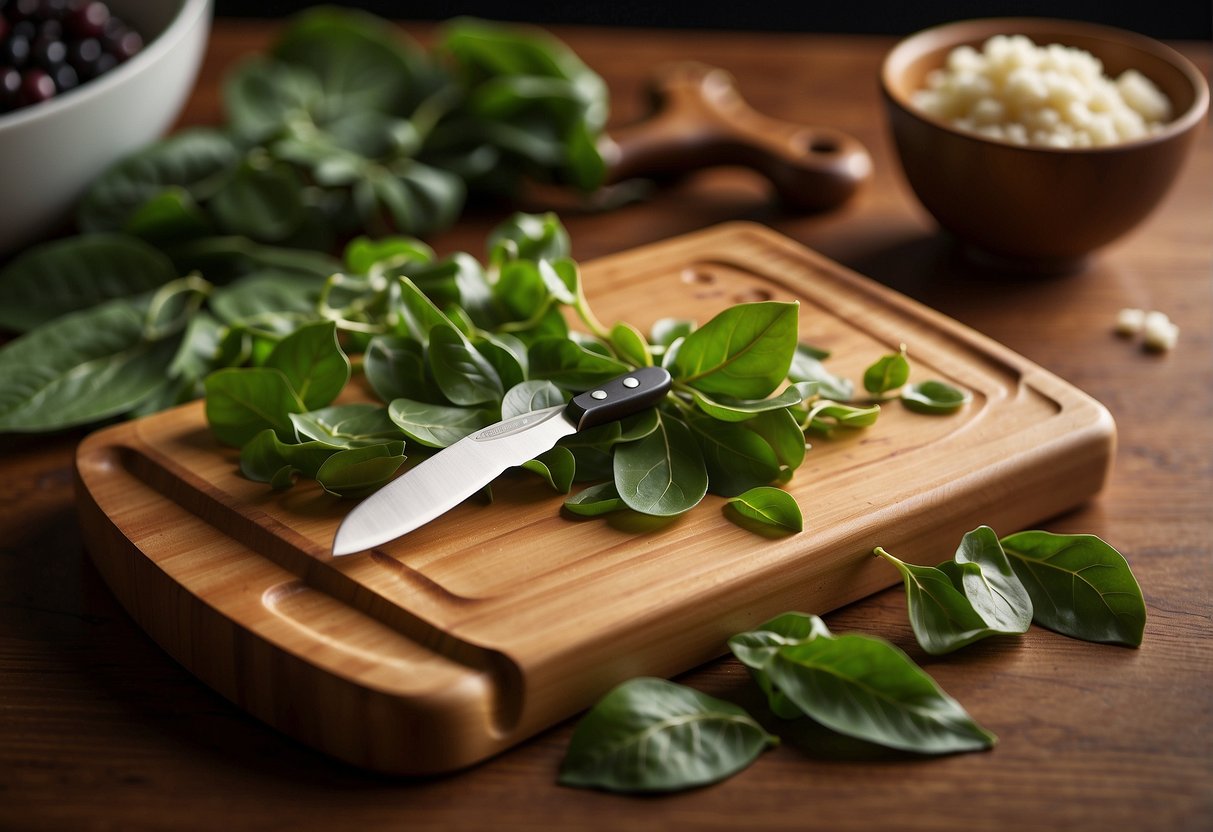
Chinese Toon, also known as Toona sinensis, is a fascinating tree native to East Asia. Its young leaves and shoots are not only edible but also packed with nutrients. Ever wondered why it's so popular in Chinese cuisine? Chinese Toon leaves have a unique, aromatic flavor that adds a special touch to dishes. This tree isn't just about taste; it's also used in traditional medicine for its health benefits. From boosting immunity to improving digestion, Chinese Toon has a lot to offer. Curious to learn more? Let's dive into 15 intriguing facts about this versatile tree!
Key Takeaways:
- Chinese Toon, also known as Toona sinensis, is a versatile tree with aromatic leaves and shoots used in Chinese cuisine, symbolizing longevity and vitality in Chinese culture.
- Chinese Toon offers not only a unique flavor in traditional Chinese dishes but also nutritional benefits, including being rich in vitamins and antioxidants, and having natural anti-inflammatory properties.
What is Chinese Toon?
Chinese Toon, also known as Toona sinensis, is a tree native to East Asia. It's famous for its aromatic leaves and shoots, often used in Chinese cuisine. Let's dive into some fascinating facts about this unique plant.
Historical Significance
Chinese Toon has a rich history dating back centuries. Its uses span culinary, medicinal, and even ornamental purposes.
- Ancient Chinese Medicine: Chinese Toon has been used in traditional Chinese medicine for over 2,000 years. Its leaves and bark were believed to have healing properties.
- Culinary Delight: The young leaves and shoots are a popular ingredient in Chinese dishes, often compared to onions or garlic for their strong flavor.
- Symbol of Longevity: In Chinese culture, the tree symbolizes longevity and vitality, often planted in gardens for good luck.
Botanical Characteristics
Understanding the plant's physical traits can help appreciate its uniqueness.
- Deciduous Tree: Chinese Toon is a deciduous tree, meaning it sheds its leaves annually. This cycle helps it survive in various climates.
- Aromatic Leaves: The leaves emit a strong, pleasant aroma, especially when crushed. This scent is a key reason for its culinary popularity.
- Fast Growth: Known for its rapid growth, a Chinese Toon tree can reach up to 25 meters in height under ideal conditions.
Culinary Uses
Chinese Toon is a staple in many traditional Chinese recipes. Its unique flavor enhances various dishes.
- Toon Sprout Salad: A popular dish involves blanching the young shoots and mixing them with sesame oil, soy sauce, and garlic.
- Toon Omelette: The leaves are often chopped and added to eggs, creating a flavorful omelette.
- Toon Fried Rice: Adding chopped Toon leaves to fried rice gives the dish a distinctive taste and aroma.
Nutritional Benefits
Beyond its flavor, Chinese Toon offers several health benefits.
- Rich in Vitamins: The leaves are packed with vitamins A, B, and C, essential for maintaining good health.
- Antioxidant Properties: High in antioxidants, Chinese Toon helps combat free radicals in the body, reducing the risk of chronic diseases.
- Anti-inflammatory: The plant has natural anti-inflammatory properties, making it beneficial for reducing inflammation and pain.
Cultivation and Care
Growing Chinese Toon requires specific conditions and care.
- Soil Preference: It thrives in well-drained, fertile soil. Adding organic matter can enhance its growth.
- Sunlight Needs: The tree prefers full sun but can tolerate partial shade. Adequate sunlight ensures healthy growth and vibrant leaves.
- Watering: Regular watering is crucial, especially during dry spells. However, overwatering can lead to root rot, so balance is key.
Final Thoughts on Chinese Toon
Chinese Toon, or Toona sinensis, is more than just a tree. Its edible leaves and medicinal properties make it a valuable plant in both culinary and health circles. Known for its unique flavor, it’s a staple in many Asian dishes. Beyond the kitchen, Chinese Toon has been used in traditional medicine for centuries, believed to help with digestion, inflammation, and even blood pressure.
Its hardy nature means it can thrive in various climates, making it a versatile addition to gardens worldwide. Whether you’re a food enthusiast, a gardener, or someone interested in natural remedies, Chinese Toon offers something for everyone. So next time you see this remarkable tree, remember its rich history and the many benefits it brings. Dive into the world of Chinese Toon and discover its many uses for yourself!
Frequently Asked Questions
Was this page helpful?
Our commitment to delivering trustworthy and engaging content is at the heart of what we do. Each fact on our site is contributed by real users like you, bringing a wealth of diverse insights and information. To ensure the highest standards of accuracy and reliability, our dedicated editors meticulously review each submission. This process guarantees that the facts we share are not only fascinating but also credible. Trust in our commitment to quality and authenticity as you explore and learn with us.


